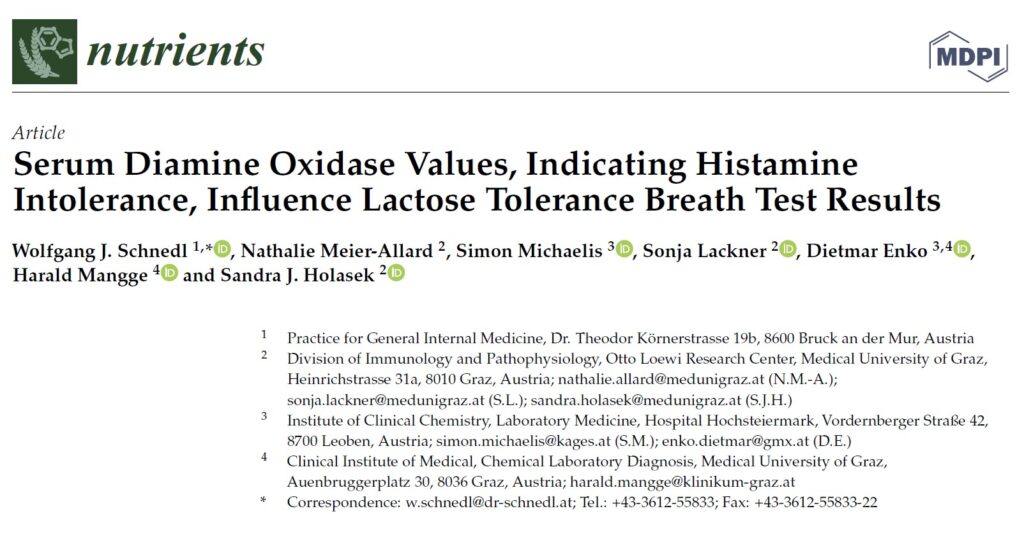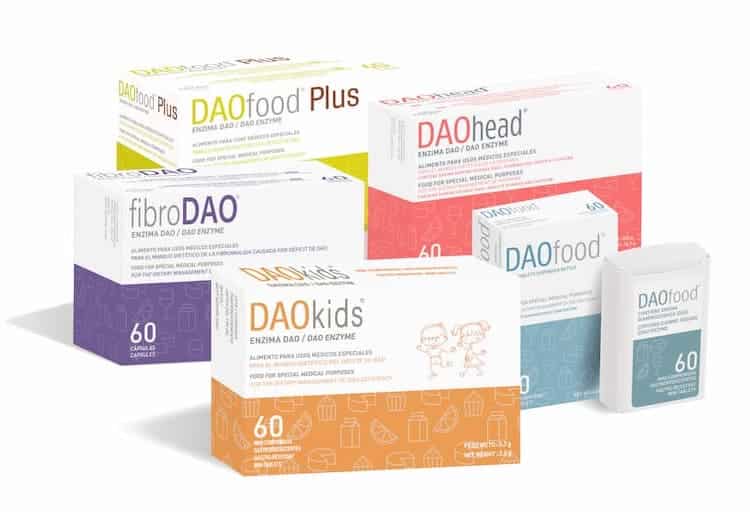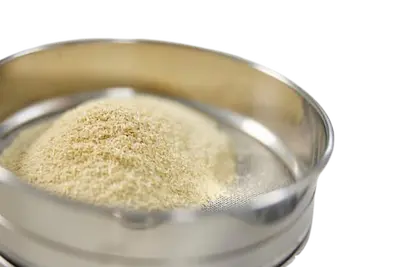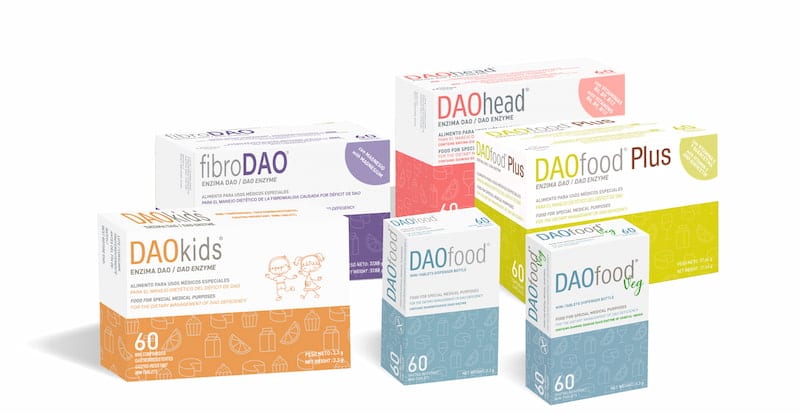
Download the paper clicking here
Abstract: Lactose intolerance (LIT) is one of the major causes of irritable bowel syndrome (IBS) spectrum complaints. Differences in inadequate lactose digestion are described as various LIT phenotypes with basically unknown pathophysiology. In LIT patients, we retrospectively assessed the effect of histamine intolerance (HIT) on expiratory hydrogen (H2) during H2 lactose breath tests. In a retrospective evaluation of charts from 402 LIT patients, 200 patients were identified as having only LIT. The other 202 LIT patients were found to additionally have diamine oxidase (DAO) values of <10 U/mL, which indicates histamine intolerance (HIT). To identify HIT, standardized questionnaires, low serum DAO values and responses to a histamine-reduced diet were used. Patients were separated into three diagnostic groups according to the result of H2 breath tests: (1) LIT, with an H2 increase of >20 parts per million (ppm), but a blood glucose (BG) increase of >20 mg/dL, (2) LIT with an H2 increase of 20 ppm in combination with a BG increase of <20 mg/dL, and (3) LIT with an exhaled H2 increase of <20 ppm and BG increase of <20 mg/dL. Pairwise comparison with the KruskalWallis test was used to compare the areas under the curve (AUC) of LIT and LIT with HIT patients. Exhaled H2 values were significantly higher in H2 > 20 ppm and BG < 20 mg/dL patients with LIT and HIT (p = 0.007). This diagnostic group also showed a significant higher number of patients (p = 0.012) and a significant higher number of patients with gastrointestinal (GI) symptoms during H2 breath tests (p < 0.001). Therefore, low serum DAO values, indicating HIT, influence results of lactose tolerance breath tests.
Citation: Schnedl,W.J.; Meier-Allard, N.; Michaelis, S.; Lackner, S.; Enko, D.; Mangge, H.; Holasek, S.J. Serum Diamine Oxidase Values, Indicating Histamine Intolerance, Influence Lactose Tolerance Breath Test Results. Nutrients 2022, 14, 2026. https://doi.org/10.3390/nu14102026
Wolfgang J. Schnedl 1,* , Nathalie Meier-Allard 2, Simon Michaelis 3 , Sonja Lackner 2 , Dietmar Enko 3,4 , Harald Mangge 4 and Sandra J. Holasek 2
1 Practice for General Internal Medicine, Dr. Theodor Körnerstrasse 19b, 8600 Bruck an der Mur, Austria
2 Division of Immunology and Pathophysiology, Otto Loewi Research Center, Medical University of Graz, Heinrichstrasse 31a, 8010 Graz, Austria; nathalie.allard@medunigraz.at (N.M.-A.); sonja.lackner@medunigraz.at (S.L.); sandra.holasek@medunigraz.at (S.J.H.)
3 Institute of Clinical Chemistry, Laboratory Medicine, Hospital Hochsteiermark, Vordernberger Straße 42, 8700 Leoben, Austria; simon.michaelis@kages.at (S.M.); enko.dietmar@gmx.at (D.E.)
4 Clinical Institute of Medical, Chemical Laboratory Diagnosis, Medical University of Graz, Auenbruggerplatz 30, 8036 Graz, Austria; harald.mangge@klinikum-graz.at
- Correspondence: w.schnedl@dr-schnedl.at; Tel.: +43-3612-55833; Fax: +43-3612-55833-22
















